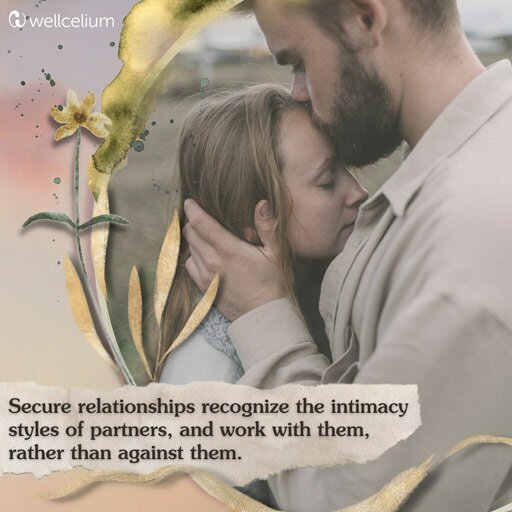The following blog post and red quotations were written by a student in Wellcelium’s Ignite! course. Bold quotes below in black were written by Dr. Pavini Moray as part of the Ignite! course curriculum. The questions and practices sections at the end of this post were developed by Wellcelium to support your exploration.
I’m still asking myself about my YESES from last week. Searching for them.
I catch wisps of ecosexuality.
Remembering moments when I knew concretely that the mud between my toes or the sand on my back or the spiders on the moss were singing my erotic truth.
The depths of decay in a forest seducing me. But ugh I don’t want to be ecosexual. Firstly, I don’t like the word’s sounds in my mouth. Secondly, ugh aNOTHER thing to explain to people looking at me in confusion?
This week I remember other erotic vibrations that have been lit by powerful, feminine, authority figures. I know I love seducing them. I love twisting that power situation around. But I don’t know how that might integrate in a meaningful way in my sexuality with my current partner (whom I share and want to continue to share a lot of equality with). And I’m definitely not interested in psychologizing that kink cause I don’t think it’s a problem. And honestly, this week, I don’t even care. I’m too busy looking at the shame and trauma we’ve been asked to confront this week.
Trauma week, WOOHOO!
“Shame is a miasma, a wafting cloud of prevention that prohibits your freedom. Born of a good strategy gone sideways, shame is basically protective in function…The main way shame keeps you from experiencing powerlessness is by having you take responsibility for the situation that is catalyzing the shame, thus preventing you from being a helpless victim in said situation.”
This week, I lose all my words.
I can think in words and I can even fill out my workbook in words but when it comes to speaking in our group meetings, I just feel that I’ve got nothing to say. I’m suspicious of this because frankly I’m a talker who’s had to train myself to hold my tongue. I think it’s a trauma thing, all the words being gone. But what can I do except sit in it and breathe?
“In trauma, the body’s alarm systems turn on and then never quite turn off. Trauma is a set of symptoms that exist in the body long after the event that has caused it. Somatics and trauma researcher Rob Baum said, ‘trauma is foremost a wound in the body.’”

Actually, Pavini does give me something else to do: shake.
What has become for me, in my endless trauma therapeutics work, a kind of foundational trauma fable is a story from Peter A. Levine’s Waking the Tiger: Healing Trauma.
The idea goes like this: when you watch an animal have a fearful experience, a deer or rabbit running from a predator for example, you’ll notice that afterwards they spend some time trembling before returning to their business. Levine says this is a release of the excess energy that was shot into their systems in response to the warning signal of danger. Humans, he says, need to also tremble and shake in order to dislodge the excess energy. If they don’t, it gets trapped in the nervous system causing problems of all kinds.
Luckily and almost magically, there is one proposed solution which ties into Levine’s Somatic Experiencing method: shake it. Okay so there are formal therapeutic “exercises” made around this idea, such as TRE: Tension, Stress and Trauma Release, but Pavini says honestly, pe just puts on a song and bounces to it.
This makes sense to me intellectually… I’ve heard about the science behind trampoline bouncing for the nervous system and I’ve definitely felt the calm after a bounce. It also makes me giggle and think about that episode of Community where they find a secret heavenly trampoline that, through use, makes them super chilled out and happy.
Most importantly, I don’t have to have words.
I don’t have to corral my mind and make it get on board with healing these trauma wounds. I don’t have to do anything but shake and bounce.
In fact, after writing this, I think I’m going to go have a little shake myself.
“Is it a big-deal piece of work to heal all of this stuff? You better believe it. But really, what else are you going to do with your life? Aren’t you curious about who you would be on the other side?”
—
Questions to Ask Yourself
As Brene Brown has shown, the antidote to shame is vulnerability. What shame hates most is being seen, especially with compassion. In fact, when shame is compassionately witnessed, it often deflates like a roadside nylon Santa once the blower is turned off. Shame cannot exist in the light of love and acceptance.
How can you make vulnerability one of your practices?
Suggested Practice
Next time your nervous system is overactive, if your thoughts are spiralling negatively, or you’re stressed and can’t sleep, try putting on one song and just bouncing and shaking to it. Follow what your body wants to do, there’s no right or wrong way. When your body is done, check in with yourself and see how you feel, now.
Here’s a song to get you started:
“Go” by Moby


